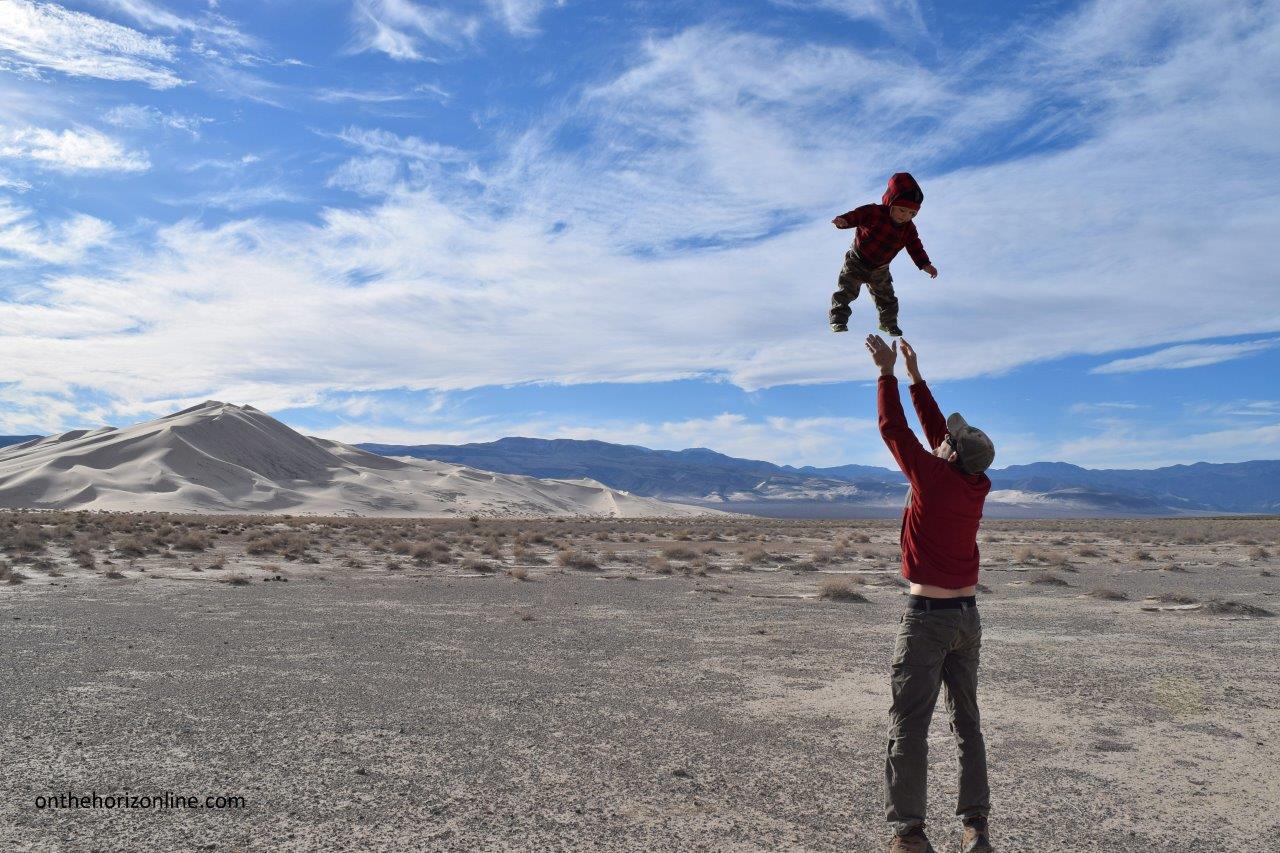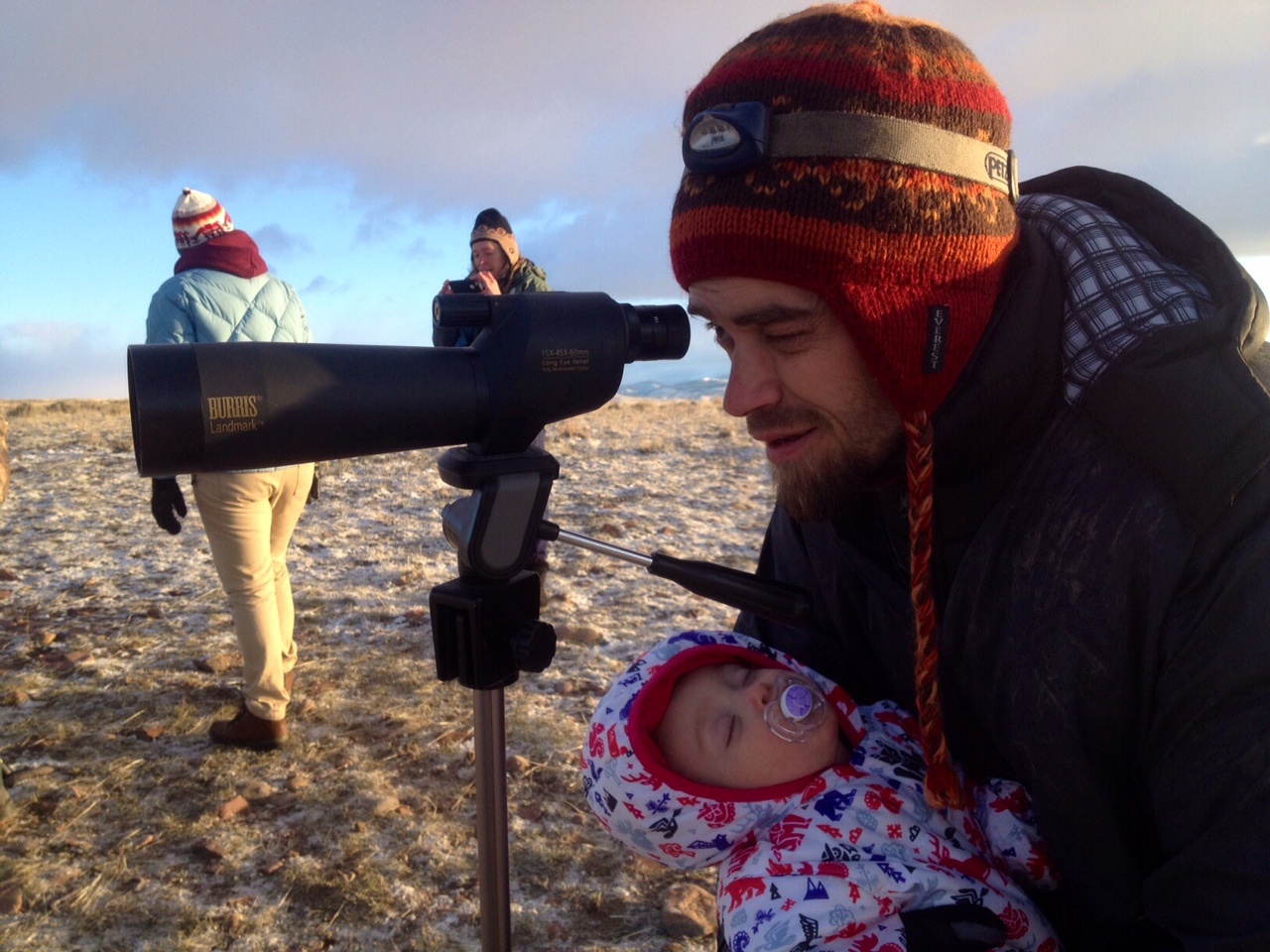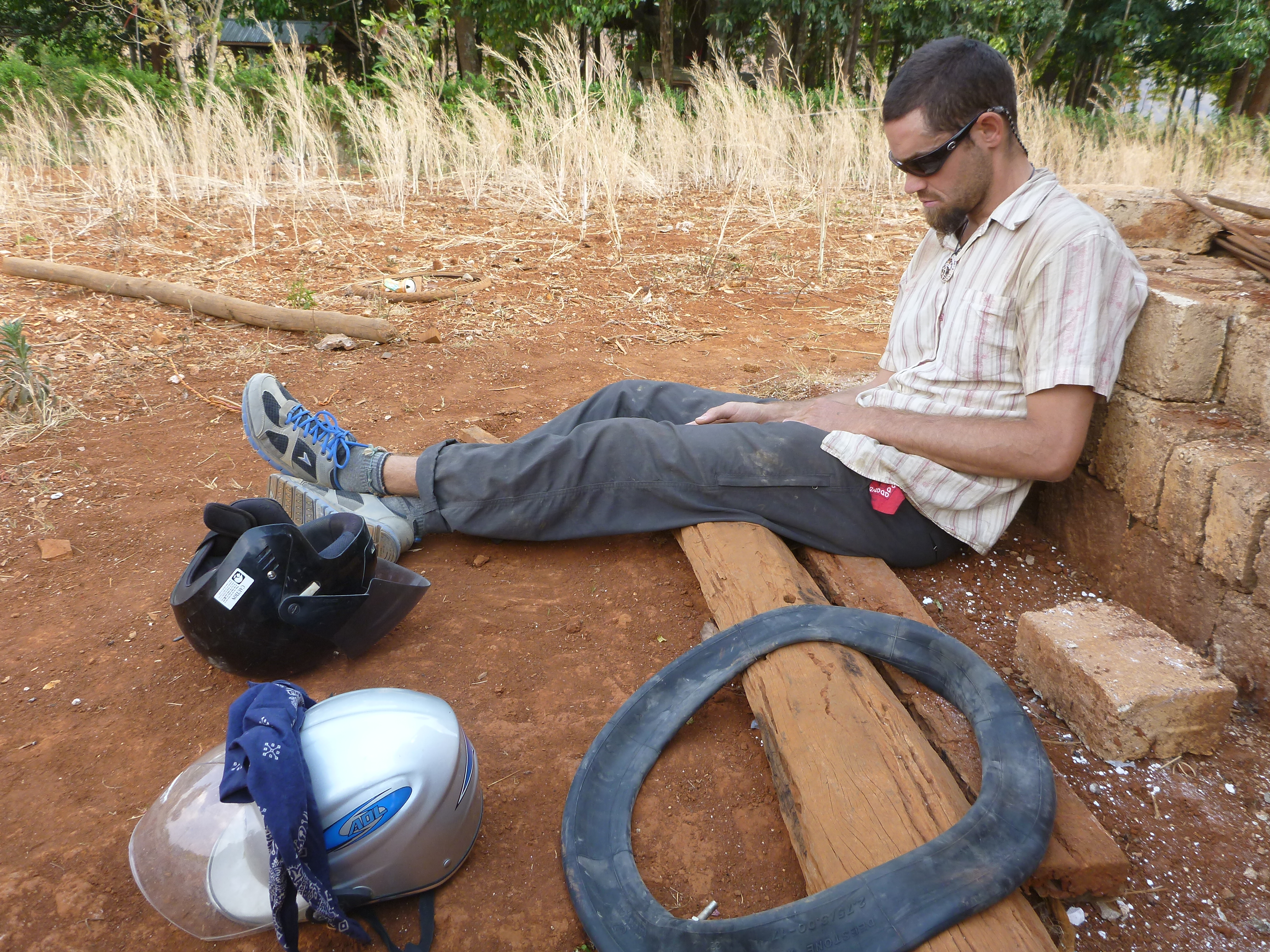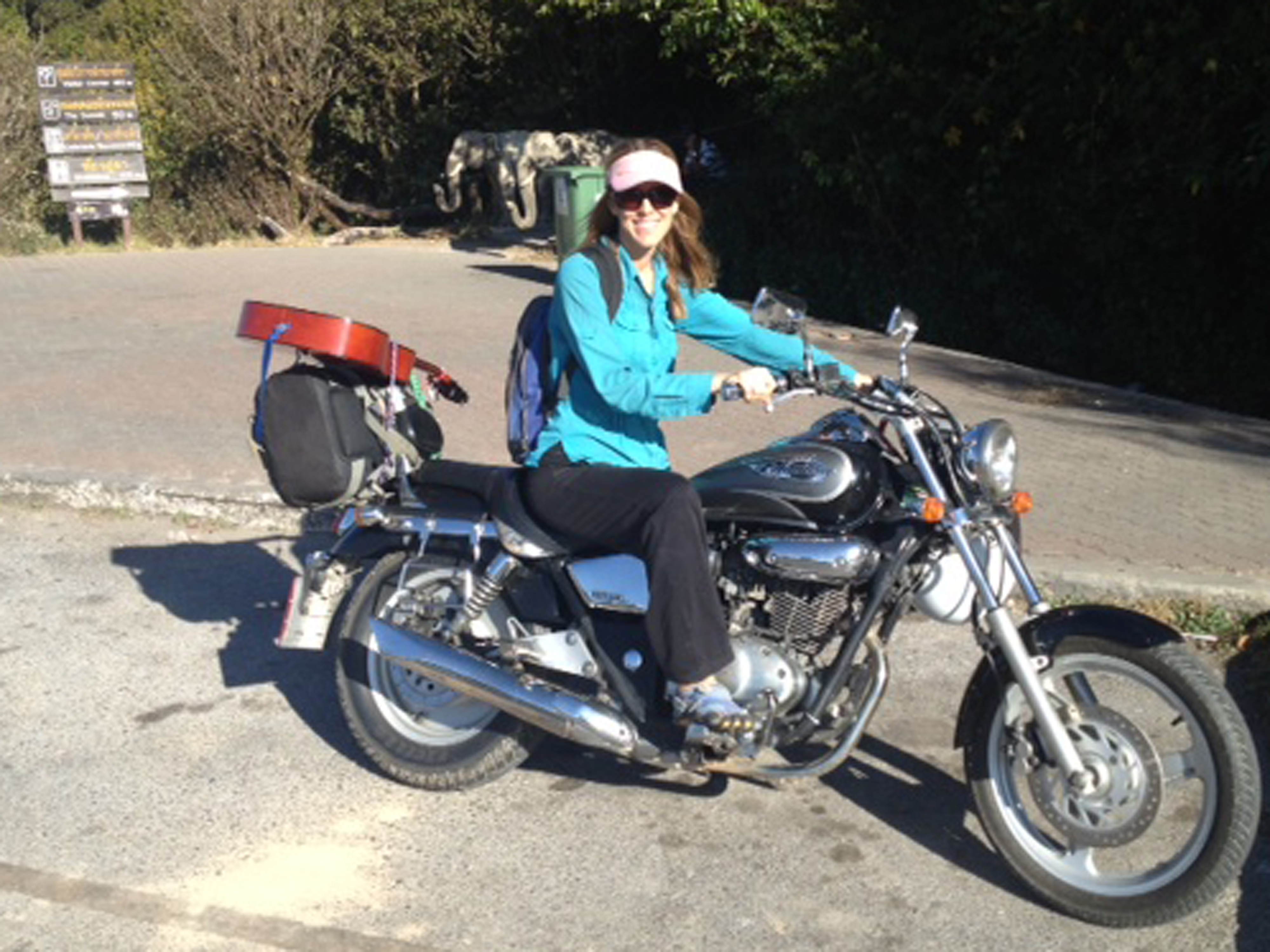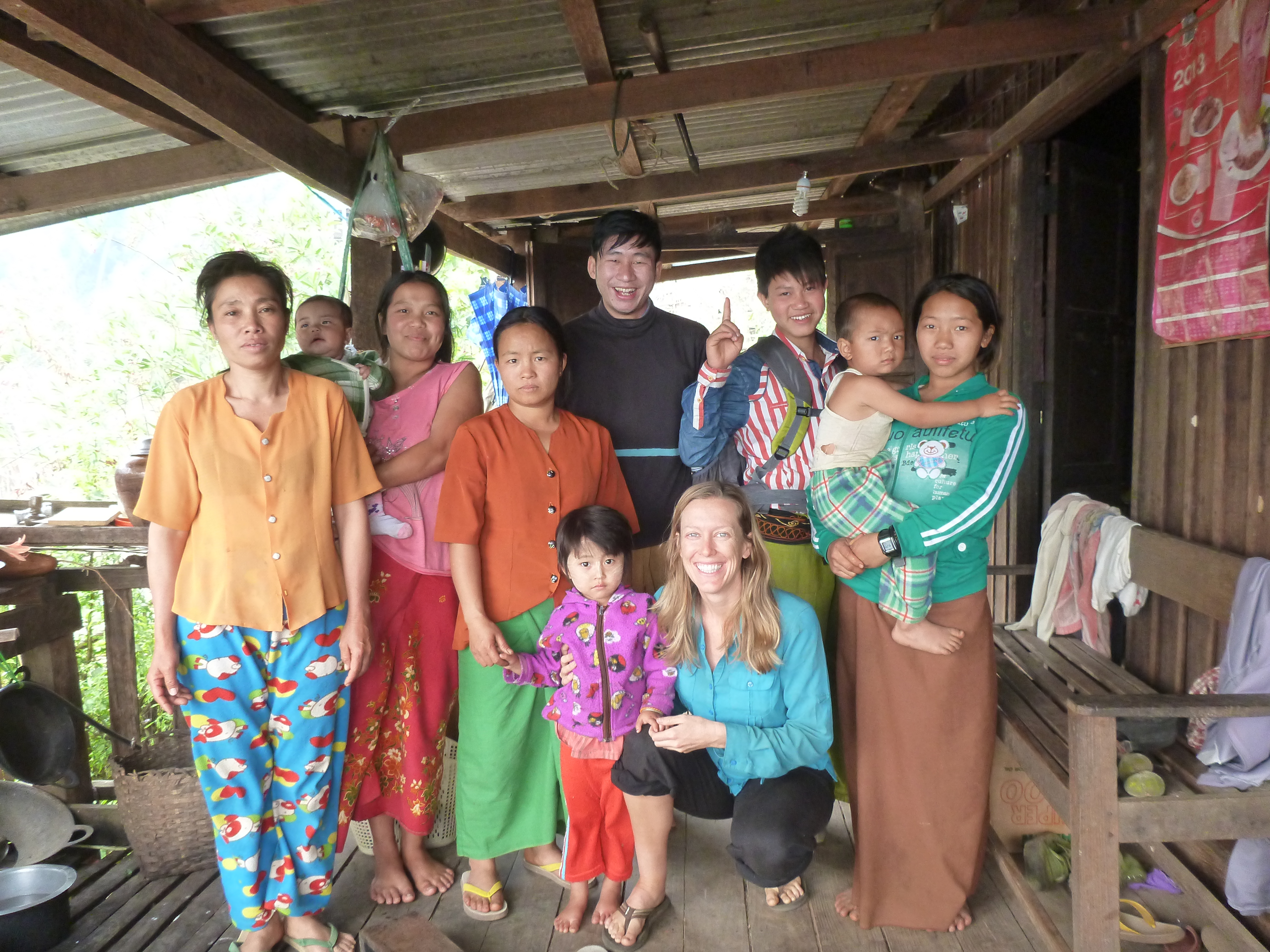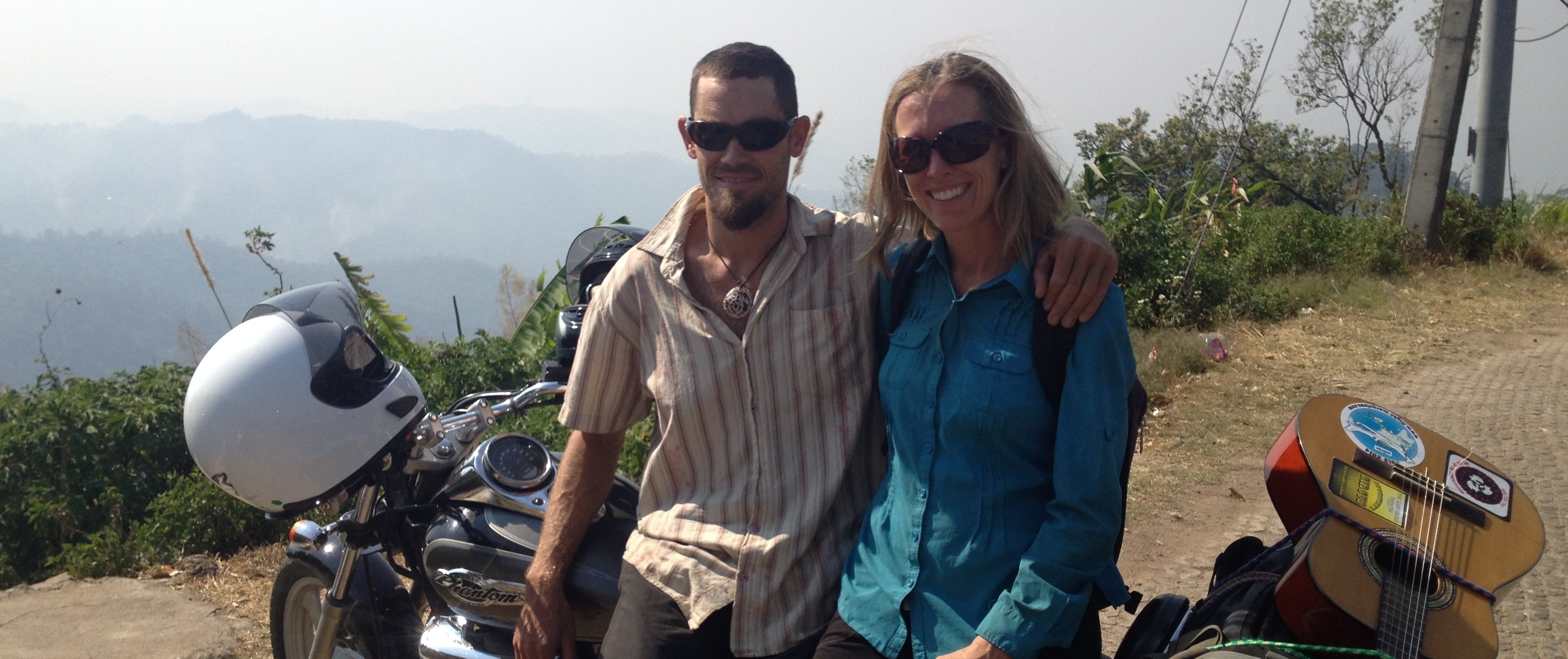How To Backpack With A Baby
Don’t let nay-sayers stop you from adventuring outside with your babe
When I was pregnant and living on a sailboat in the South Pacific, my friends back home told me to “get my kicks in” before our first baby arrived. It made me nervous. The thought of waiting a decade (or more) to adventure over high peaks, open ocean, and fast rivers made me more nauseous than morning sickness.
After hitchhiking 6,000 miles across the Pacific Ocean as sailing crew, my husband and I conceived a child on a small tropical island in the Kingdom of Tonga. We moved home to Montana a few months before he was born, determined to still kick around aplenty in the outdoors.
Talon, now 10 months old, has been camping, sailing, rafting, backpacking, biking, and cross-country skiing. Many of our trips are multi-day adventures, and few of them are planned more than a few days in advance. Not only does Talon survive these trips, he thrives.

When friends ask if it’s hard traveling with a baby, I tell them it’s easier than staying home. Seriously: while it can be difficult to juggle packing with child management on the front-end, once we’re out in the wilderness, it feels simple. Talon stares at the trees, babbles to the brooks, watches the waves, and tastes rocks and dirt (hey, it’s good for their immune system, right?).
Camping gear creates hours of entertainment for babes. We can cook an entire meal while Talon bangs on a pot, or take a snooze while he grabs at the zippers in our tent. He sleeps best to the sound of nearby creeks. It makes my husband happier, healthier, and (I think) better parents. Here’s why I’m convinced it’s better to bring babies on outdoor adventures sooner rather than later:
Kids only get heavier
Take them backpacking or pack-rafting while their weight is nominal, and you can go farther and move faster.
Babies don’t talk
No one asks “are we there yet?” except you. Sure, crying is its own (painful) language, but peaceful journeys are more likely with calm woods and quiet water.
They don’t need as much gear
Babies don’t need shoes or sleeping bags (just zip ‘em into a Patagonia bunting) or their own fishing rod/bike/boat. All they need is a boob or bottle, your warm body and smiling face.
Naps are travel-friendly
It’s tough to resist the rocking motion of your mama or papa walking you to sleep. Wearing your baby in a front sling or backpack gives you trekking time while the little one snoozes. Boats lull babies to sleep with their gentle rocking motion, and they can sleep on you or in a pack-n-play rigged to the stern.

